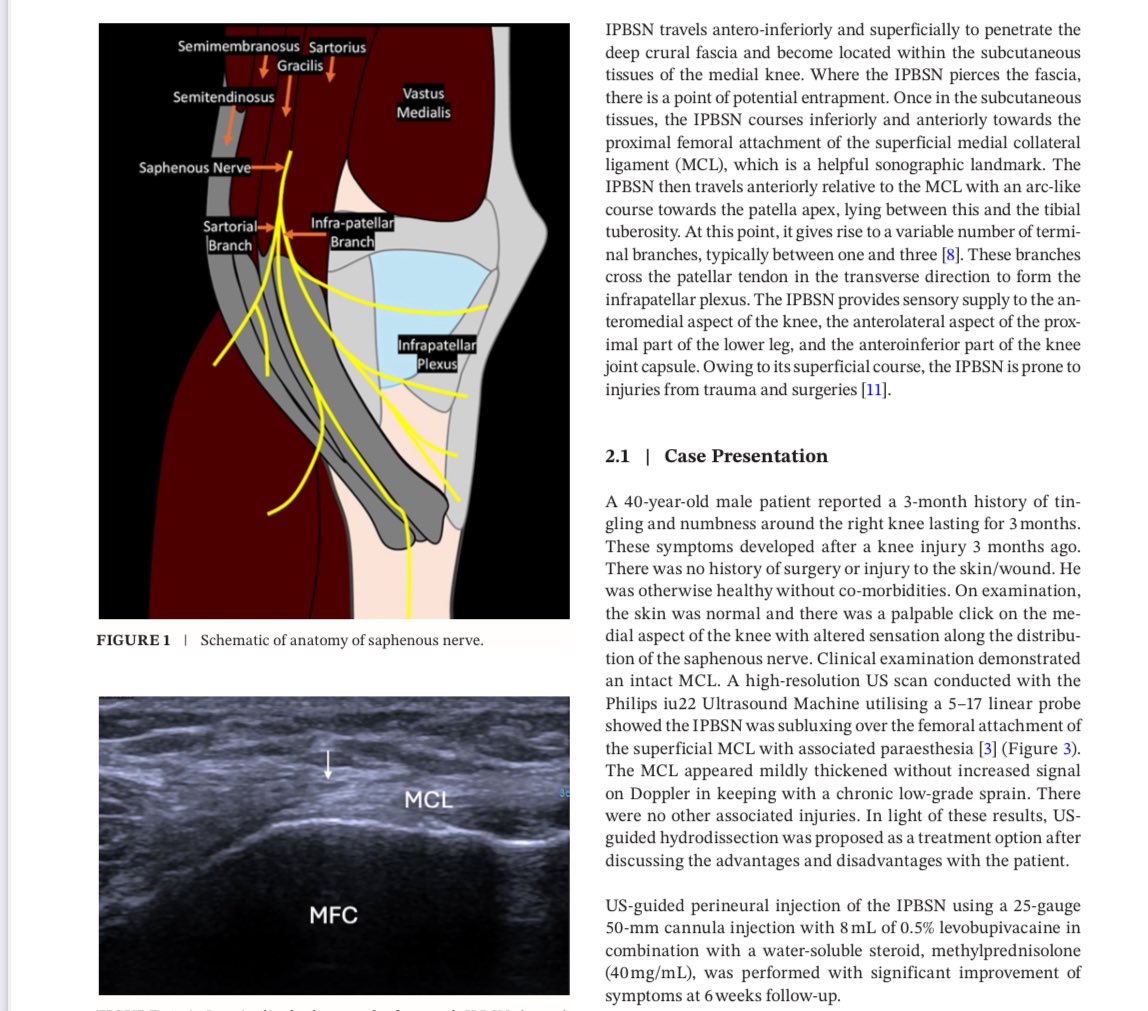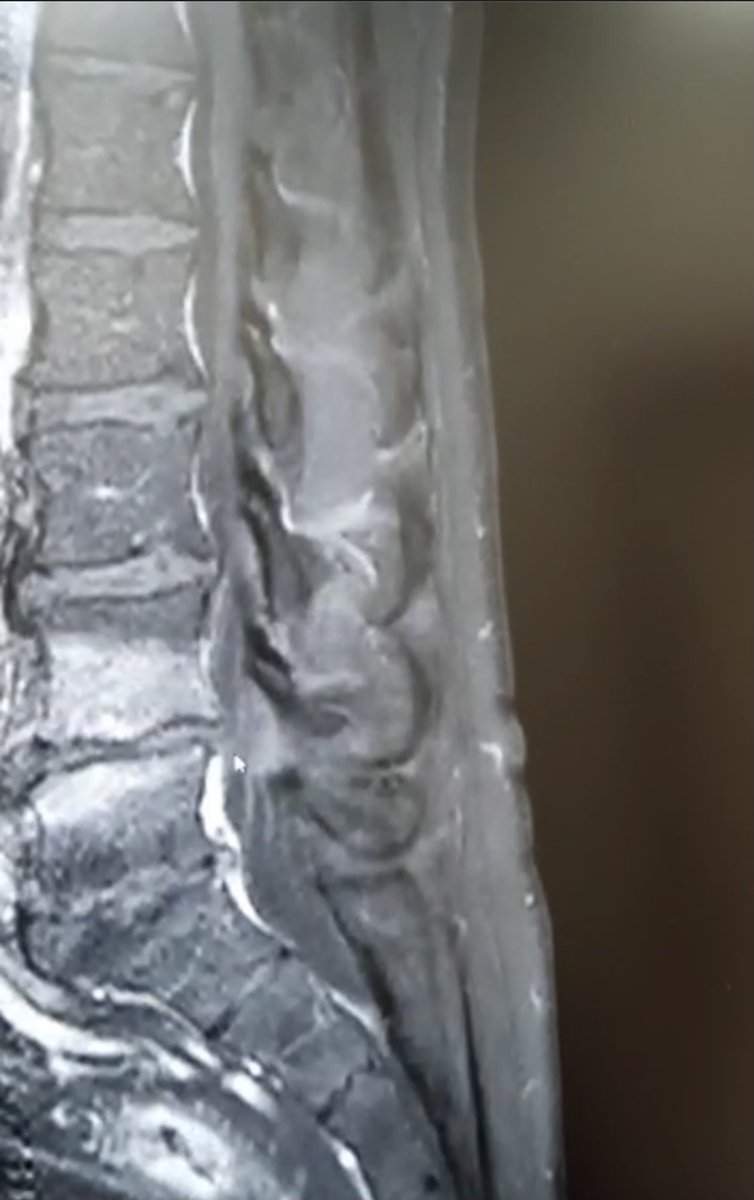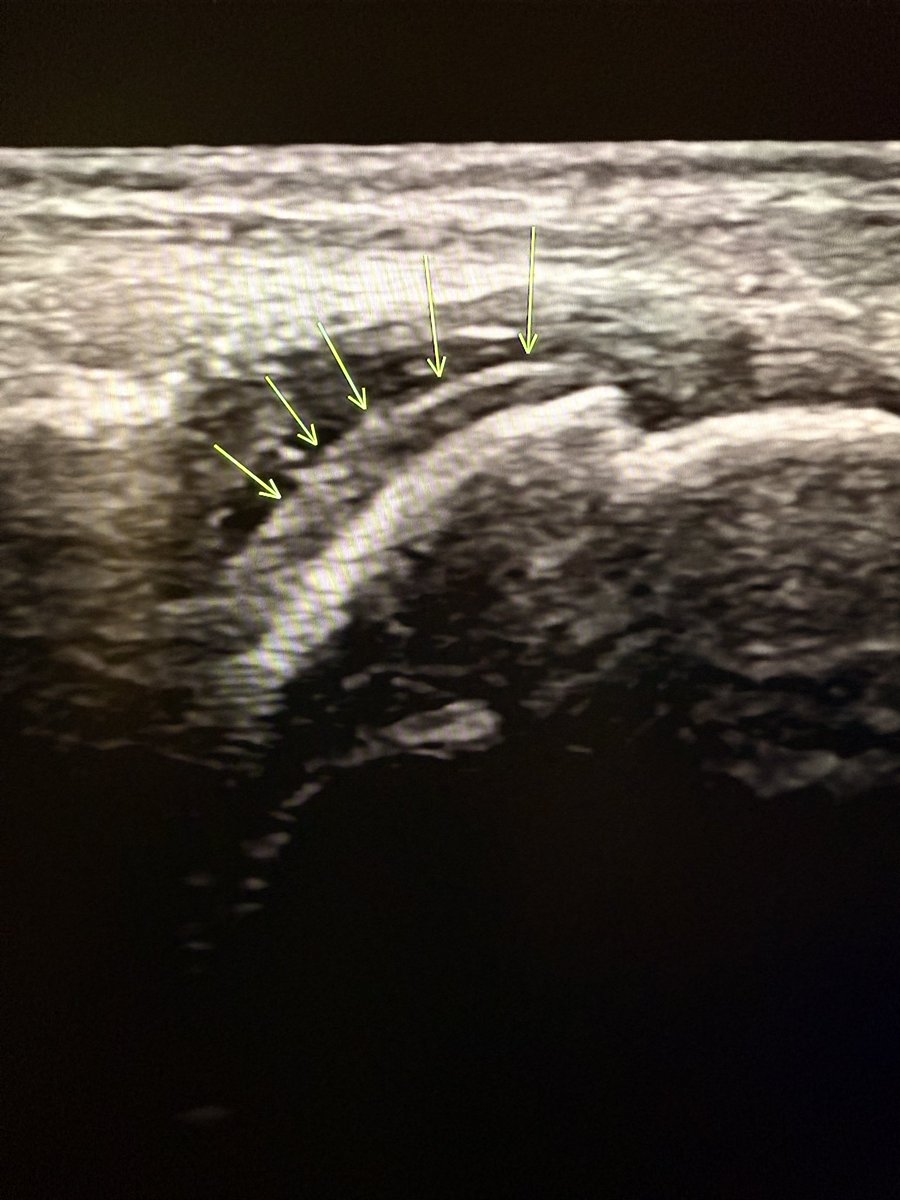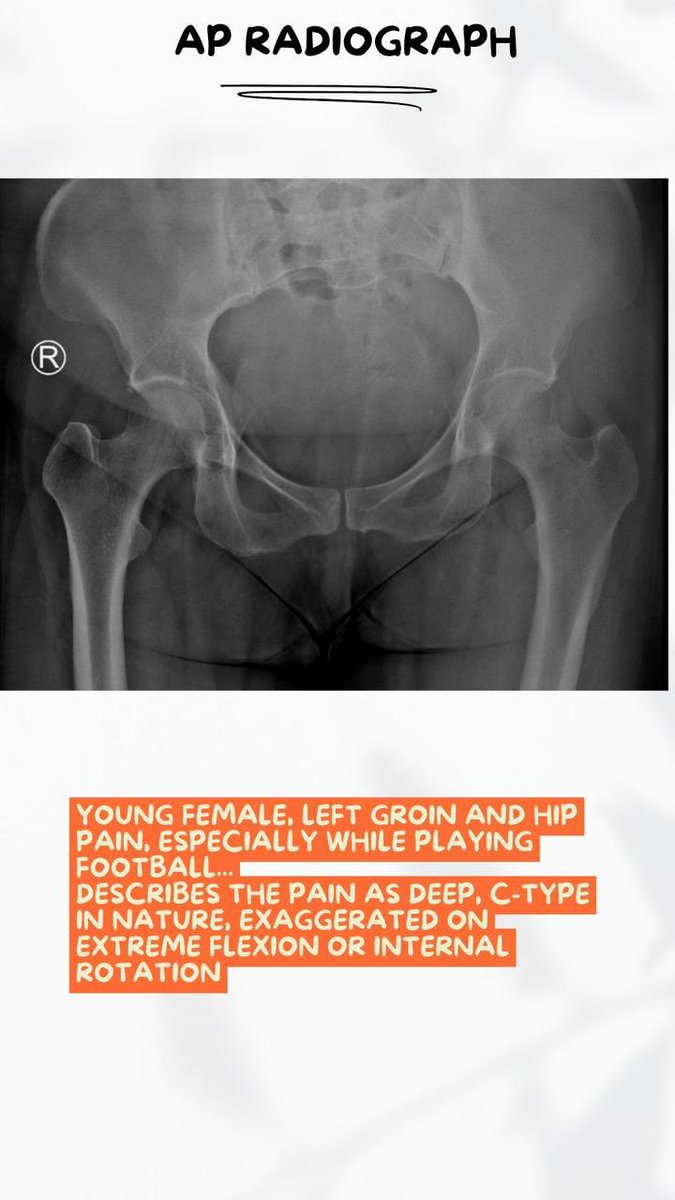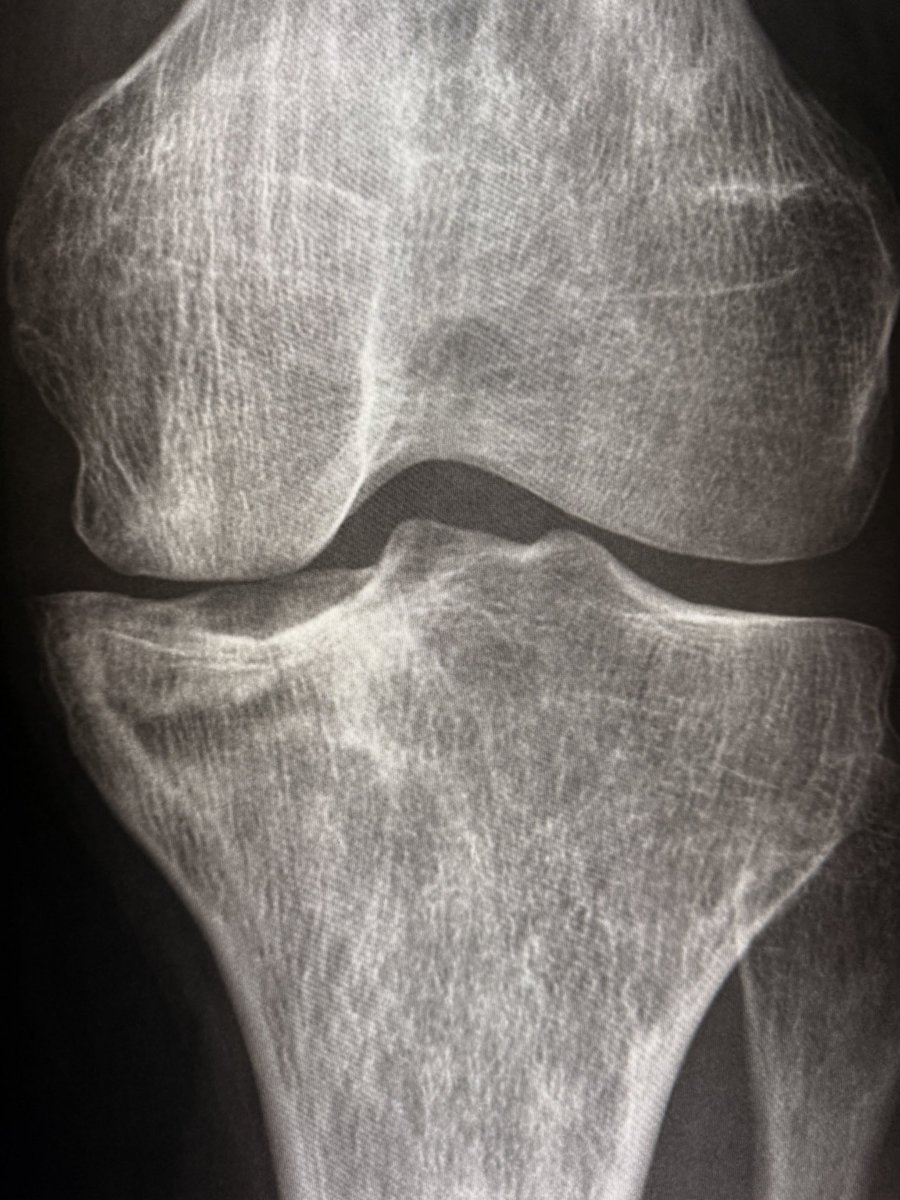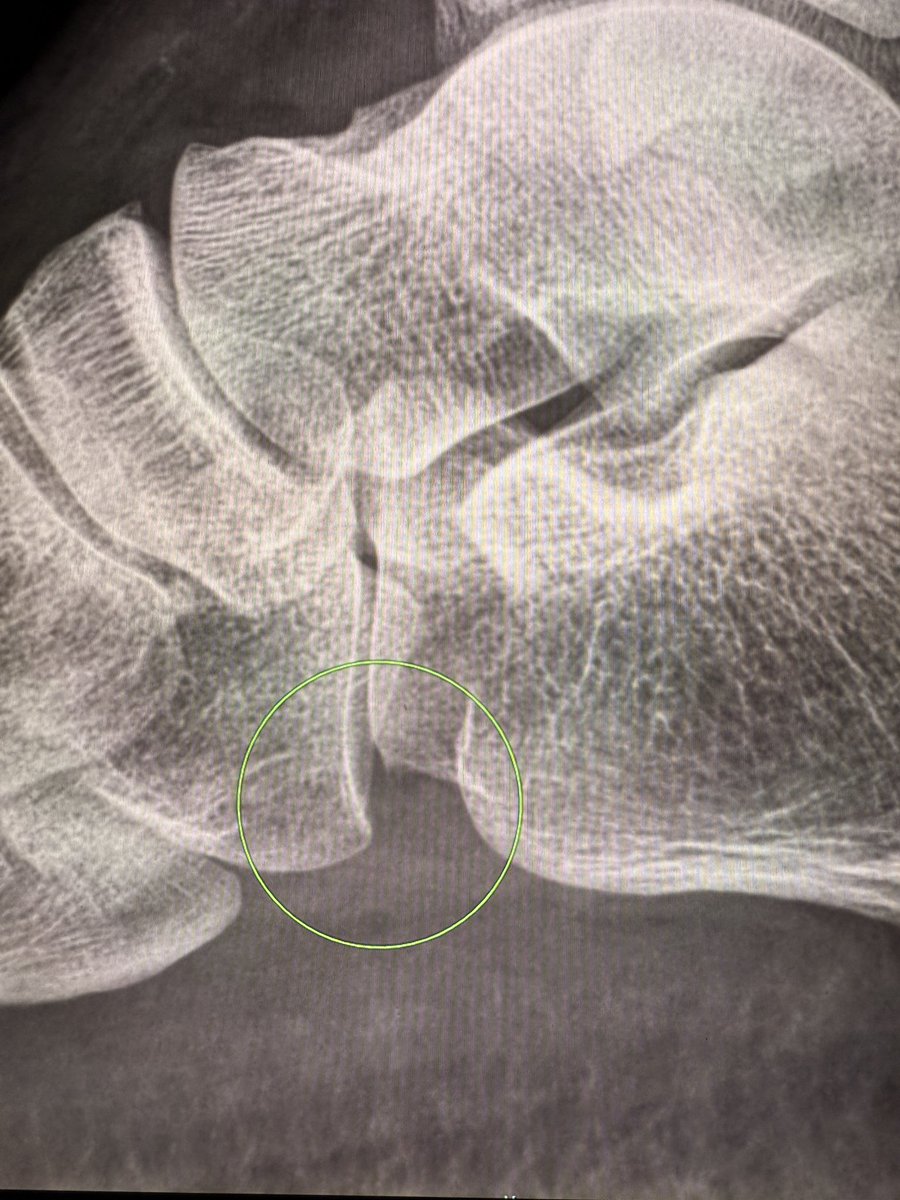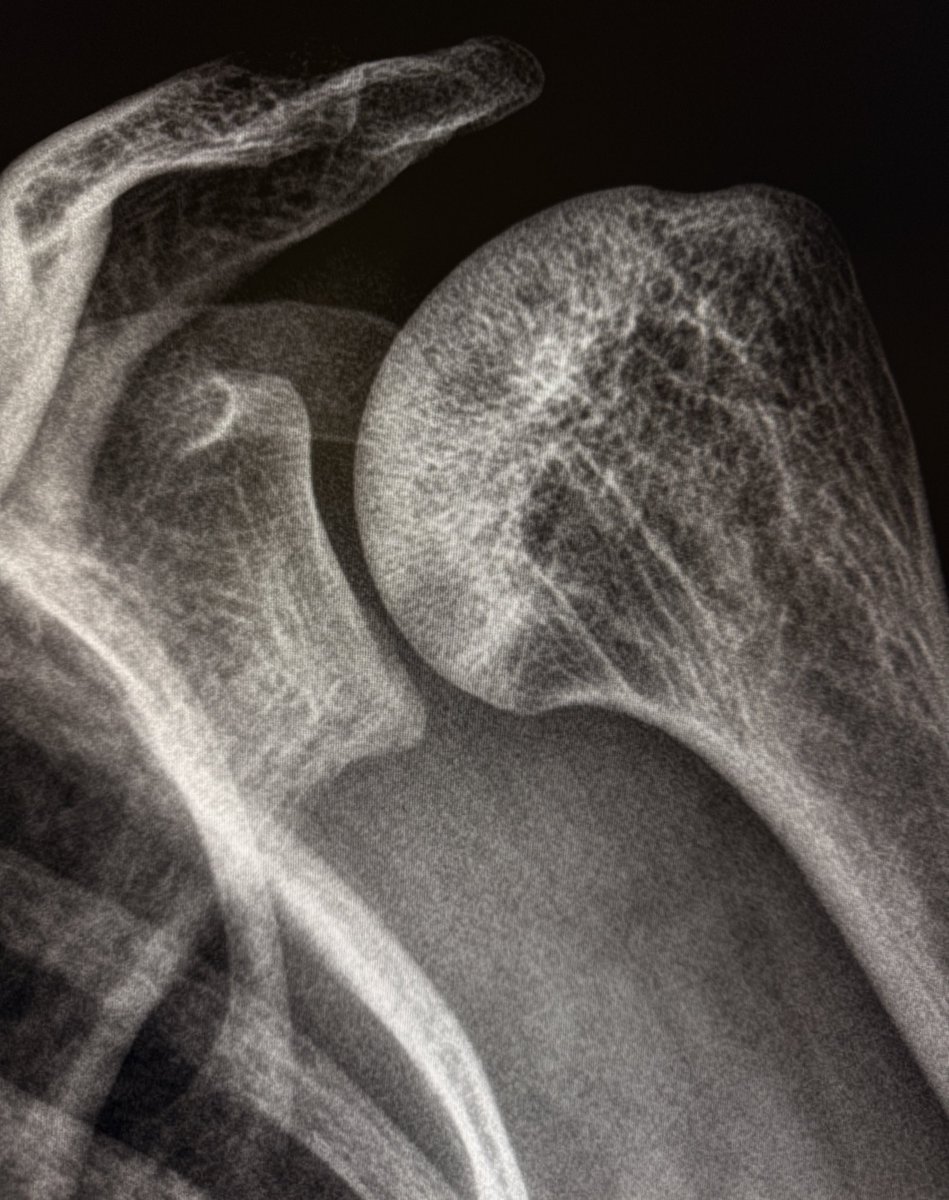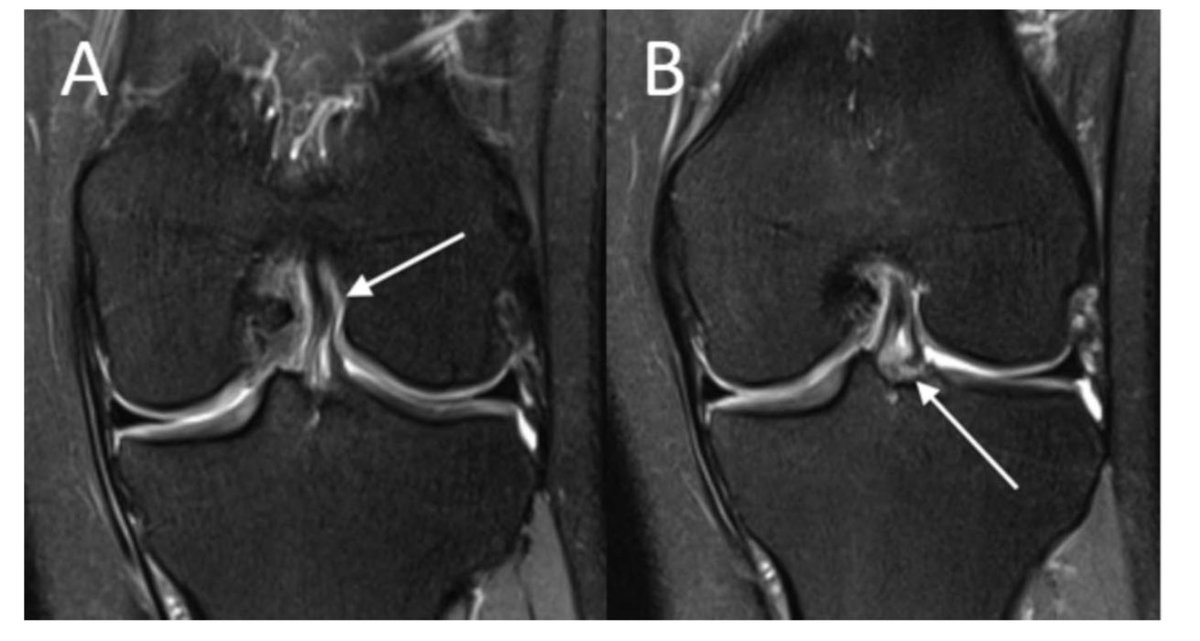
MSS India
@msksocietyindia
The Musculoskeletal Society, India is a nonprofit association of Musculoskeletal Radiologists dedicated to teaching & spreading awareness about MSK Radiology
ID: 1831724875947384832
http://www.indianmss.org 05-09-2024 16:03:52
259 Tweet
1,1K Followers
129 Following

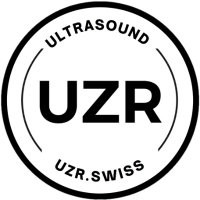






MSK RADIOLOGY FOR EVERYONE, continuing with Episode 2: Assessing lumbar radiographs post spine fixation. . Hope this helps! #msk #mskRad #FOAMRad #FOAMMed #radiology #RadRes #medicine #orthotwitter #MSKImaging #Radiology #Education #Musculoskeletal #FoamRad #medtwitter Sameer Raniga





Latest publication of 2025 doi.org/10.1002/sono.1… ROHImaging The Royal Orthopaedic Hospital BSSR MSS India European Society of Musculoskeletal Radiology International Skeletal Society | ISS
